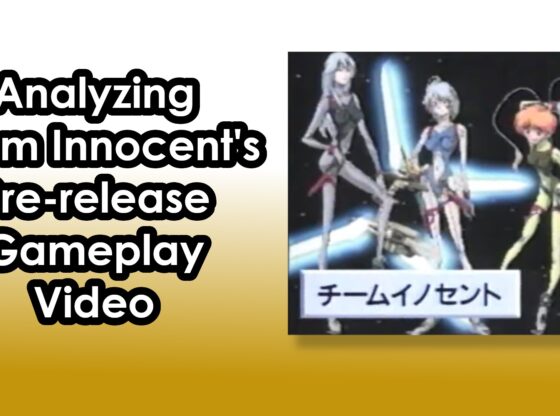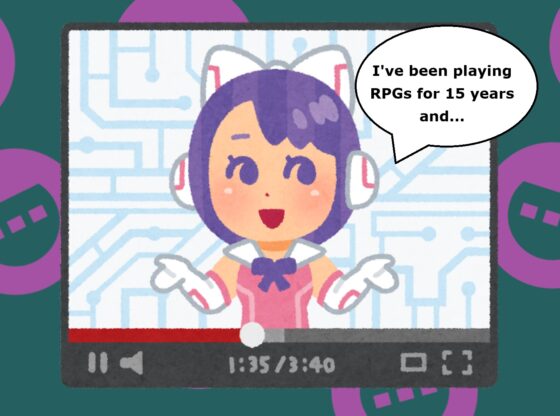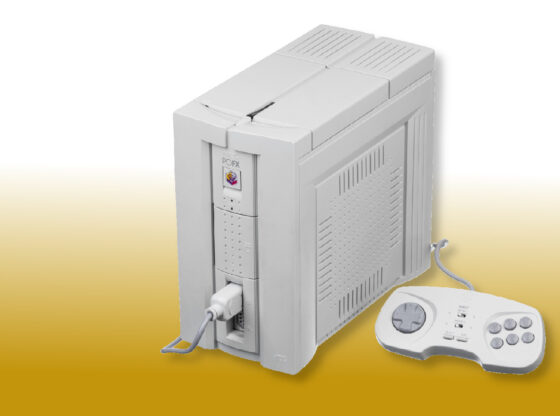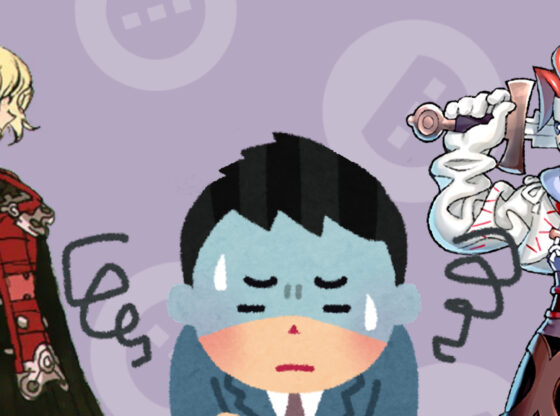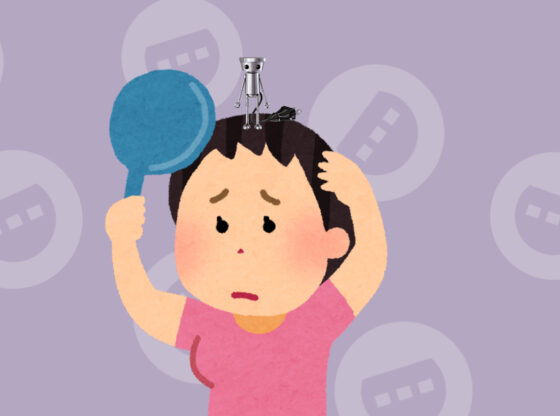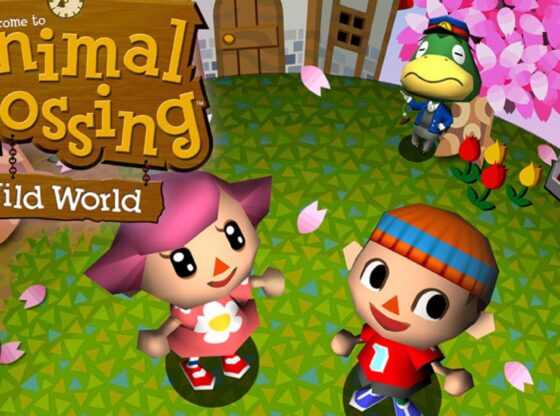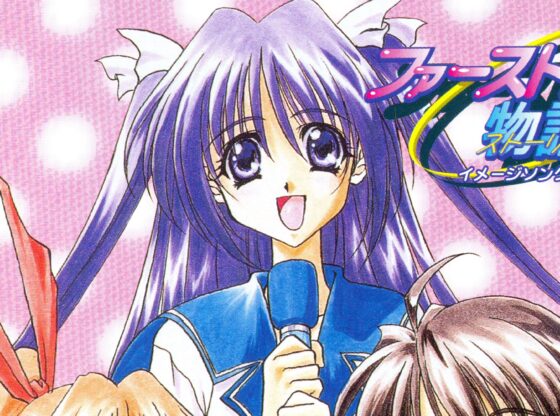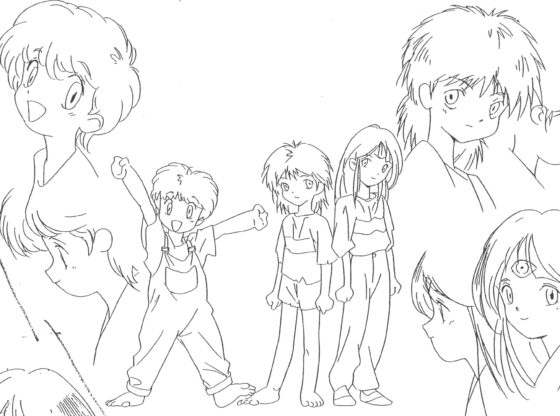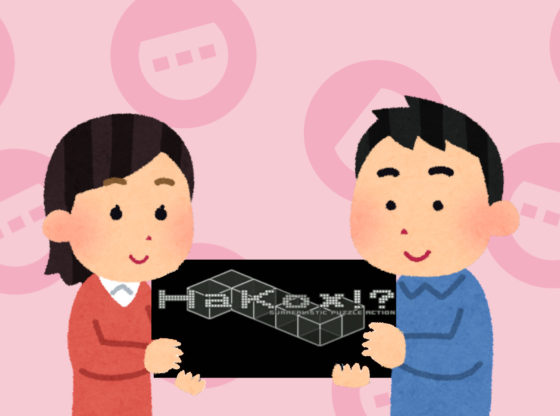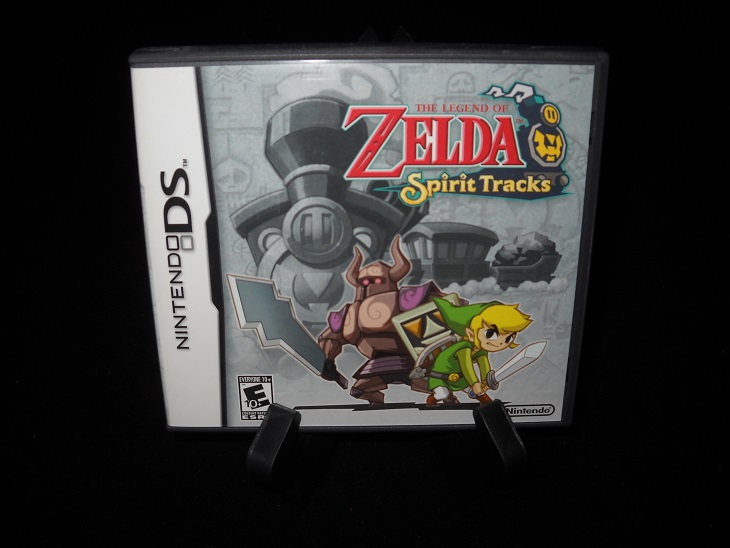
The Legend of Zelda: Spirit Tracks got a pretty hard time from critics at release. Although, I personally can’t say I care for it that much either. For most people, what’s easy to grab onto as the most negative point is the train Link rides. You use it to traverse the overworld, similar to the boat in The Wind Waker. But due to the limitations of a train, you end up with an overworld that’s entirely on-rails… Literally. Not being able to poke around every nook and cranny of the world does seem weird considering the series was built on exploration.
Of course, I always have the opposite opinion of everyone else. So it should come to no ones surprise that I’ve always been fond of the train element in Spirit Tracks. What makes it unique is its weight. In The Wind Waker, you can immediately launch the boat into the wind at full speed and it’s not hard to slow your momentum afterward. It’s not the most graceful form of transportation, but you feel in control.
The train, however, is a much slower beast and requires patience. When it’s time to depart, even if you set the train to maximum speed, it has to build momentum. So your train slowly chugs its way out of town until it finally reaches full speed. Great, until you realize there’s an enemy train coming at you head on and you need to turn around right now.
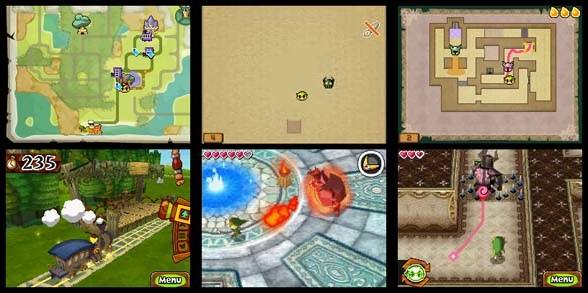
(Image Source: Nintendo)
Stopping your train at full speed is not easy. Even if you slam on the breaks, it skids before coming to a complete stop. Once stationary, the train will then start rolling back in the other direction just as slowly as when you started. There’s really no split seconds decisions here. You have to plan ahead and hope you’ve given yourself enough time to avoid collisions or other hazards. Otherwise, it’s Game Over. It may sound unforgiving. But if you keep an eye on the map, you’re rarely caught off guard.
Most people view the controls as awkward. I find a strange satisfaction in that 10 second delay between action and execution. Steel Diver on 3DS would be built entirely around that mechanic, although I doubt there’s any connection to Nintendo’s work on Spirit Tracks.
Thinking about Spirit Tracks as a whole, it’s strange that I don’t appreciate the game more. The dialog and characters are above average for the series and Zelda acts as a controllable partner for most the game, adding an extra layer to the combat.
The dungeons disappoint me the most. They’re not bad. They just follow the traditional Zelda design. You get an item that you use it to solve puzzles and to expose the boss’ weak point. From that perspective, it was the series continuing to run through the same motions once again. Pulling up to the next dungeon should ignite a sense of adventure within me. Instead, it feels more like getting off an all too short roller coaster ride.
I just wanted to keep riding that train, man.

